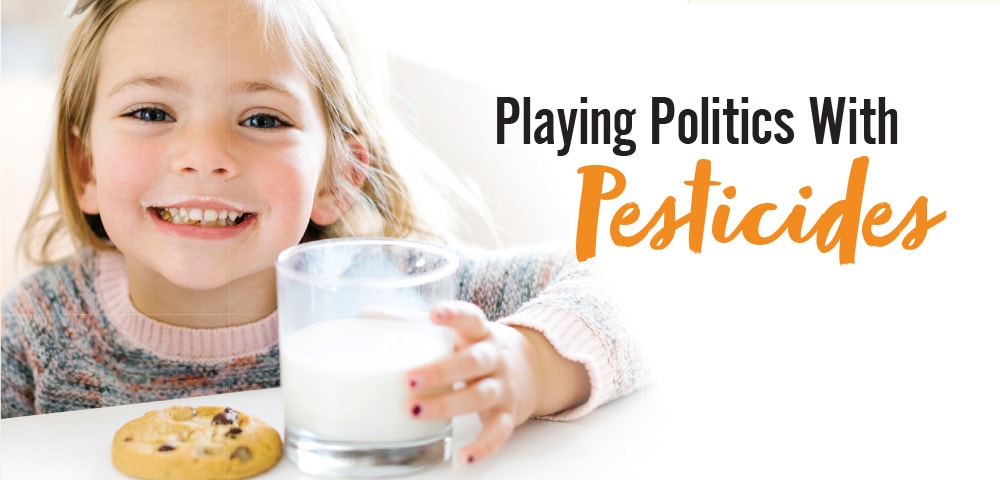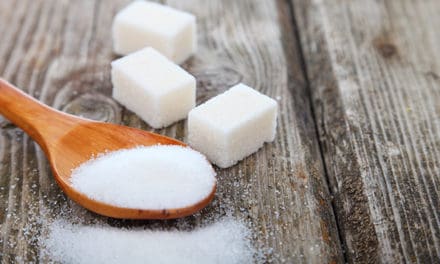
That conventionally grown apple you’re about to eat may have something on it, something you don’t want to ingest. The same is true for all non-organic crops such as peaches, cherries, oranges, and corn. And this substance has found its way into about 60% of the milk on the market, and even into some water sources.
Maybe by now you’ve guessed we’re talking about pesticides, but actually, a quite specific one called chlorpyrifos (CPS). This chemical spray is known to be especially dangerous to children, even at low levels of exposure. Researchers who study child development have seen the pesticide affect IQ levels, language development, memory, emotional response, and behavior.
Unfortunately, studies show that the public’s exposure to CPS is not low. Government estimates are that babies, children, and pregnant women are all consuming unsafe levels of the chemical. Babies are believed to be ingesting levels five times greater than what is safe, and the same appears to be true for pregnant women. Toddlers and children? Their levels of exposure could be 11–15 times greater than what is considered safe by the Environmental Protection Agency (EPA).
It shouldn’t be surprising that CPS would have been banned back in 2017, but the government bowed to industry pressure and allowed the chemical to remain in agricultural use. In response, environmental groups sued and eventually prevailed. A federal appeals court has subsequently ruled that the EPA, must decide by mid-July whether to reverse the previous actions and restore the ban.
The Environmental Working Group’s president, Ken Cook, says it’s never too late to do the right thing, and the sooner the better in this case. “If the president had followed the advice of its scientists, chlorpyrifos likely would not be in the food and milk kids eat and drink today.”













